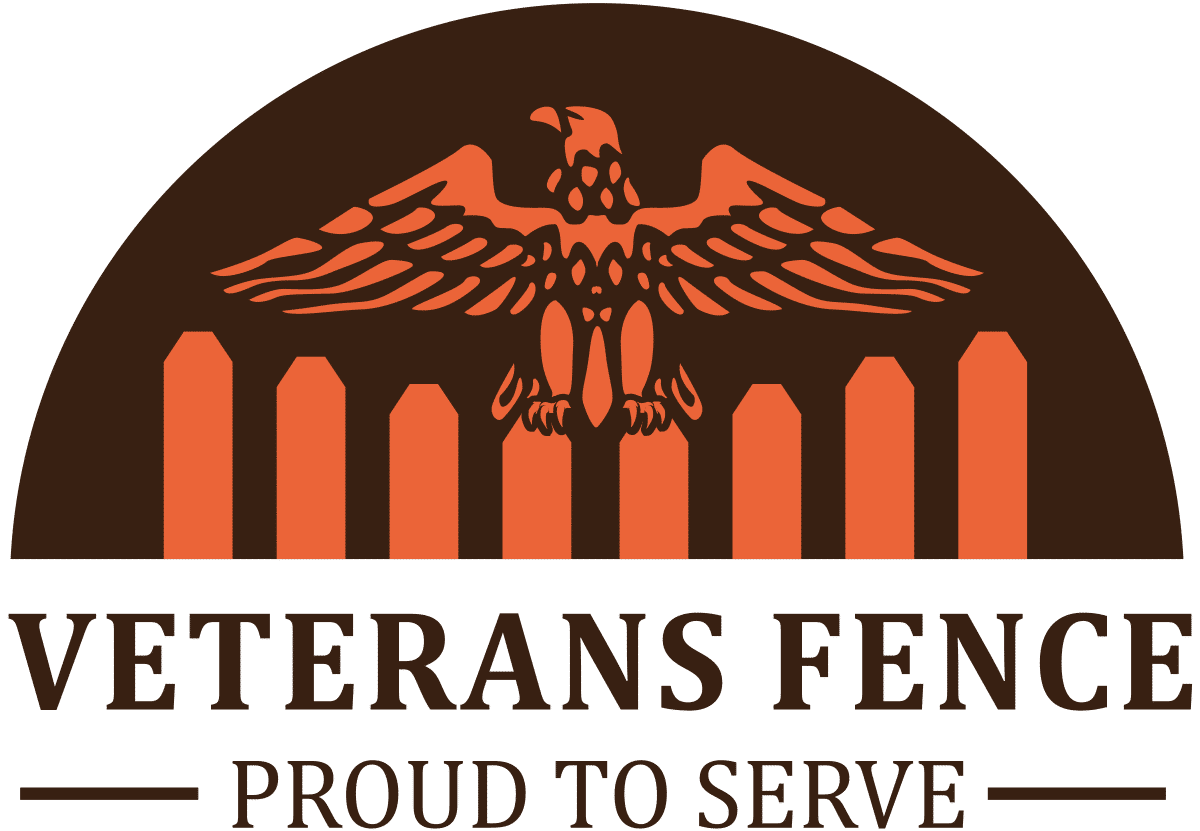Dogs come in various breeds and sizes, so it’s essential to select a fence that can effectively contain your specific dog. Smaller dogs may require fences with narrower gaps, while larger dogs may need taller fences to prevent them from jumping or climbing over your fence.
Dogs are clever and can find ways to escape if given the opportunity. Some dogs can be energetic when nervous or left alone and may attempt to dig, scratch, or even chew on the fence. Our team can work with you to ensure that your fence is designed to keep your pet from escaping. Whether they try to dig under or jump over your fence, a quality fence installation can safely protect your pets from escaping.
We offer sturdy and durable fence materials, such as vinyl, wood, or metal, that can be configured to withstand your dog’s habits without easily getting damaged. We understand that the safety of your dog is a top priority and that they’re a part of your family. That is why we will work with you and your pup to ensure their safety.
When you are trying to contain any type of pet, it is best to avoid fences with sharp edges, protruding nails, or toxic materials that could harm your pet. Our team will check for any potential hazards and ensure your fence is free from entrapment or choking risks. Privacy fence installations create a sturdy visual barrier that prevents dogs from seeing outside distractions.
Privacy fences limit the visual contact your dog has with potential triggers, minimizing their excitement levels and reducing the likelihood of aggressive or anxious behavior, such as escaping your property. This can help minimize not only your dog’s anxiety levels but also reduce barking triggered by visual stimuli such as passing people, animals, or vehicles. Privacy fences provide an added layer of security by preventing strangers from easily seeing or accessing your property.
Privacy fences reduce the risk of your dog being enticed or stolen. It also discourages unwanted interactions with neighbors’ pets or stray animals that could agitate your dog. Privacy fences block out visual distractions, reducing the chances of your dog getting overstimulated and improving their focus during training sessions or playtime in the yard.
By considering these factors, you can choose the best fence for your dog that provides containment, safety, and peace of mind for both you and your furry friend.
Considering the Size of Your Dog
When selecting the best type of fence for your dog, considering the size of your furry friend is of utmost importance. The height of the fence is crucial, especially for larger dogs that have the potential to jump an average of 2–3 times their height. A fence that is built too low may be easily cleared by a large or athletic dog, which may lead to escape or potential danger.
Taller fences act as a deterrent, making it less likely for your dog to attempt jumping over them to make an escape. For larger breeds or those with exceptional leaping abilities, a fence height of at least 6 feet is recommended.
If you opt for a fence installed with slats, ensure that the gap between each slat is narrow enough to prevent your dog from squeezing through or, possibly worse, getting stuck. Smaller dogs, in particular, can fit through surprisingly small openings. That’s why selecting a fence with tight spacing between slats or pickets is essential to ensuring your pet’s safety and containment.
Dogs, especially small or agile breeds, can be surprisingly resourceful when it comes to finding escape routes. We can assess your fence to find any potential footholds, gaps, or weak points that your dog could exploit and reinforce these areas to eliminate potential escape routes and maintain the security of the fence. If you have a puppy or a young dog, keep in mind that they will grow in size when considering what type of fence is right for you.
Choose a fence that can accommodate their future height and size to avoid the need for frequent future fence replacements or modifications. A large dog needs a fence that cannot be climbed or jumped.
A small dog typically requires a fence that does not allow for a more straightforward escape route lower along the fence line. There are traditionally no openings or spaces in a privacy fence, which can be installed at a height of up to 6 feet and typically works equally well for large dogs as well as small dogs. Remember that while size is a crucial factor, it is not the sole determinant of the best fence for your dog. Other things to consider are behavior, energy levels, and individual preferences, which should also be taken into account.
Which Fence Material is Best for Your Dog?
If you have a dog that has a habit of climbing, it’s important to choose a fence that effectively prevents them from escaping or accessing areas they shouldn’t be in. In such cases, a chain link fence may not be the best option, as its design provides ample footholds for a determined climber.
Instead, a solid panel fence is often recommended due to its features and advantages. Solid panel fences, typically made of materials like wood or vinyl, offer a smooth and continuous surface without any footholds or gaps.
This fence configuration makes it significantly more challenging for dogs to find suitable footing for climbing, discouraging their escape attempts and ensuring better containment. Dogs are often motivated to climb fences due to distractions that pique their curiosity, such as other animals, people, or objects outside the property. Luckily, solid panel fences act as a visual barrier, blocking their line of sight and reducing the temptation to climb in response to diversions.
This helps keep your dog focused and content within the confines of your yard. Solid panel fences not only deter climbing but also enhance security and privacy for both you and your dog.
With no gaps or openings, this fence configuration prevents strangers from easily seeing into your property and reduces the likelihood of unwanted interactions with passersby. Additionally, the increased privacy this fence offers helps to create a calm and peaceful environment for your dog, which can minimize barking caused by interruptions. Solid panel fences are generally more robust and durable compared to chain link fences.
Solid panel fences can withstand the weight and pressure of a dog attempting to climb, ensuring the fence remains intact and effective in containing your pet over time. When properly maintained, a solid panel fence can last for many years, providing long-term peace of mind and containment for your dog.
Solid panel fences offer a wide range of customization options in terms of materials, colors, and designs. This allows you to choose a fence that aligns with your preferences, complements your property’s aesthetics, and meets your specific dog containment needs. Whether you prefer a classic wooden fence or a modern vinyl panel, you can find a style that suits your taste and requirements.
How Your Dog Behaves in Public
When considering the best fence configuration for your dog, it’s important to take into account their specific preferences and behaviors, too. If your dog tends to bark excessively at passing people, animals, or other distractions while you’re on a walk or in public, a privacy fence may be more appropriate.
Privacy fences, typically constructed with solid panels or closely spaced slats, limit your dog’s visibility to the outside environment. This reduced visual stimulation can help minimize your dog’s barking triggers, as they are less likely to see or be provoked. The visual barrier creates a calmer environment, reducing the tendency for excessive barking.
If your dog enjoys looking out but also tends to bark excessively, a compromise between a chain link and a privacy fence may be beneficial. Some privacy fences are designed with small openings or decorative cutouts that provide a limited view while still maintaining a level of privacy and security. This type of fence combination can offer a middle ground for your dog, allowing your dog to see outside to some extent while reducing the potential for excessive barking.




